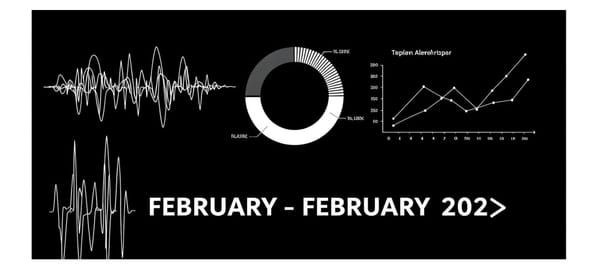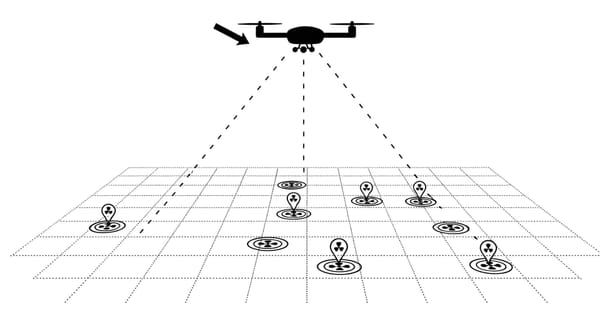
newswire
#FEB2025 NEWSWIRE
February 2025 Industry News: Key Updates in Radiation Detection & Security Screening
Founder and editor of Radiation Monitor, a publication covering the evolving world of radiation detection technology.


newswire
February 2025 Industry News: Key Updates in Radiation Detection & Security Screening
neutron
Helium-3 vs Helium-4 as Neutron Detector Gases: A detailed comparison of their mechanisms, efficiency, costs, and applications. Discover why Helium-4 is a strong alternative in specific scenarios.
airborne
Discover how drones are transforming radiation detection in Chernobyl’s Red Forest. Learn about cutting-edge technology, key findings, and how these innovations enhance safety, improve accuracy, and support environmental monitoring in one of the world’s most hazardous zones.
airborne
Explore how drone radiation detection systems boost safety and efficiency by mapping hazardous zones, inspecting nuclear facilities, and enhancing disaster response. Discover cutting-edge sensor tech and real-world applications driving innovation.
BorderControl
How do countries prevent radioactive materials from slipping into imported goods? From high-tech scanners in the U.S. to Japan’s post-Fukushima vigilance, nations employ diverse strategies to protect public health and security. Explore the global efforts shaping radiation monitoring today.
neutron
Helium-4 detectors revolutionize uranium detection by using photon active interrogation to capture fast neutrons. Their superior gamma-ray rejection and stable performance enable reliable identification of shielded nuclear materials, boosting nuclear security.
AI
False alarms in radiation detection disrupt trade and waste resources. AI-driven systems like ERNIE are transforming border security by reducing false positives while enhancing threat detection. Learn how machine learning is making cargo screening smarter.

airborne
Choosing the right drone-mounted radiation detector is vital for emergency response, environmental monitoring, and spectrometry. This analysis reviews NaI, CeBr₃, and CZT detectors, comparing their benefits, limitations, and best uses for radiological safety professionals.
airborne
A recent study evaluated three types of gamma-radiation detectors mounted on drones to identify and locate Cesium-137 sources. The findings suggest that drone-mounted detectors can effectively and safely assess radiation levels during emergencies.
robotics
CARMA II is an autonomous ground vehicle designed to survey nuclear facilities for alpha, beta, and gamma radiation. It generates detailed heatmaps while avoiding contamination spread.
science
Scientists have developed a new way to detect radiation using light and color. By structuring special materials, they can track particles more accurately, distinguish between different types of radiation, and even determine the direction of radiation sources.
uranium
Scientists have developed a smarter way to detect tiny amounts of uranium-238 using neutron activation analysis with gamma-gamma coincidence counting. This method reduces background noise in physics experiments, improves material screening, and enhances nuclear safety.